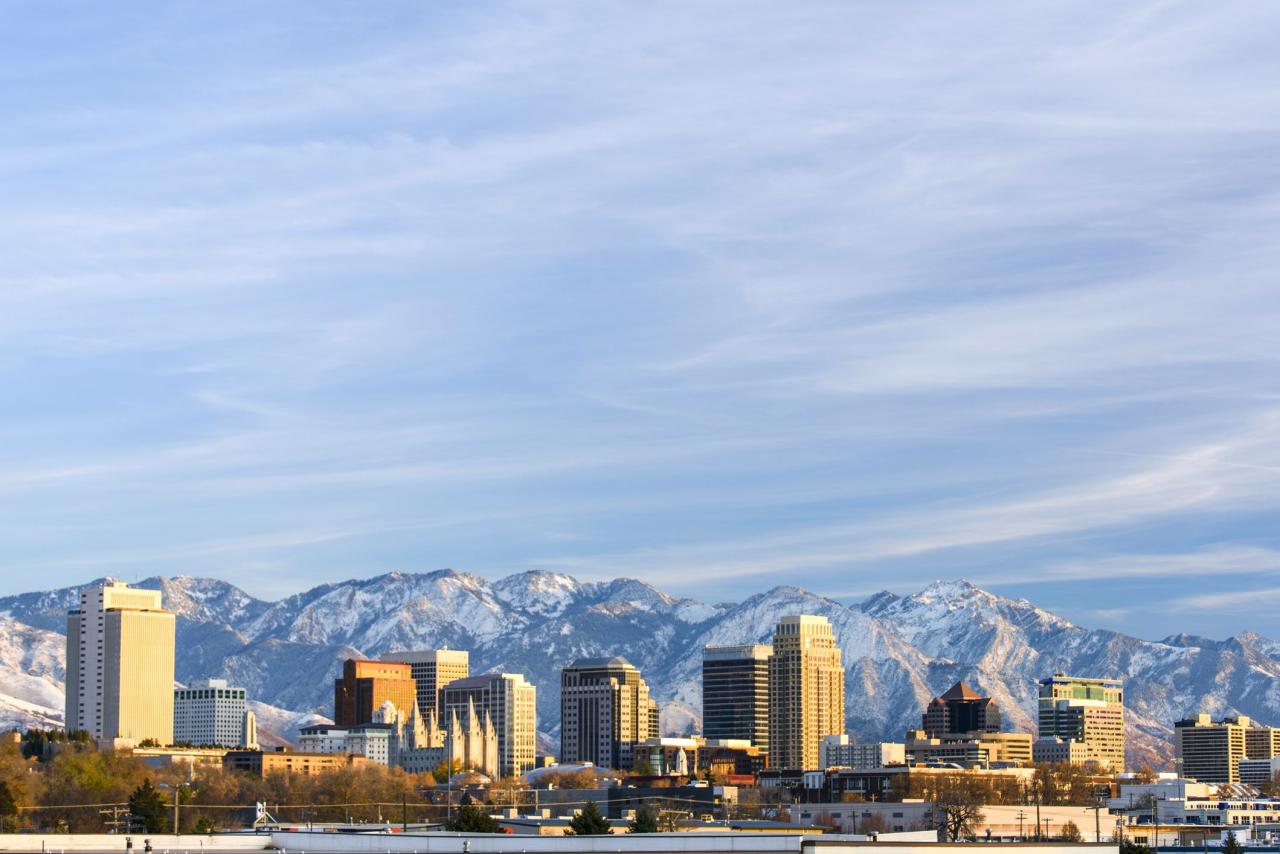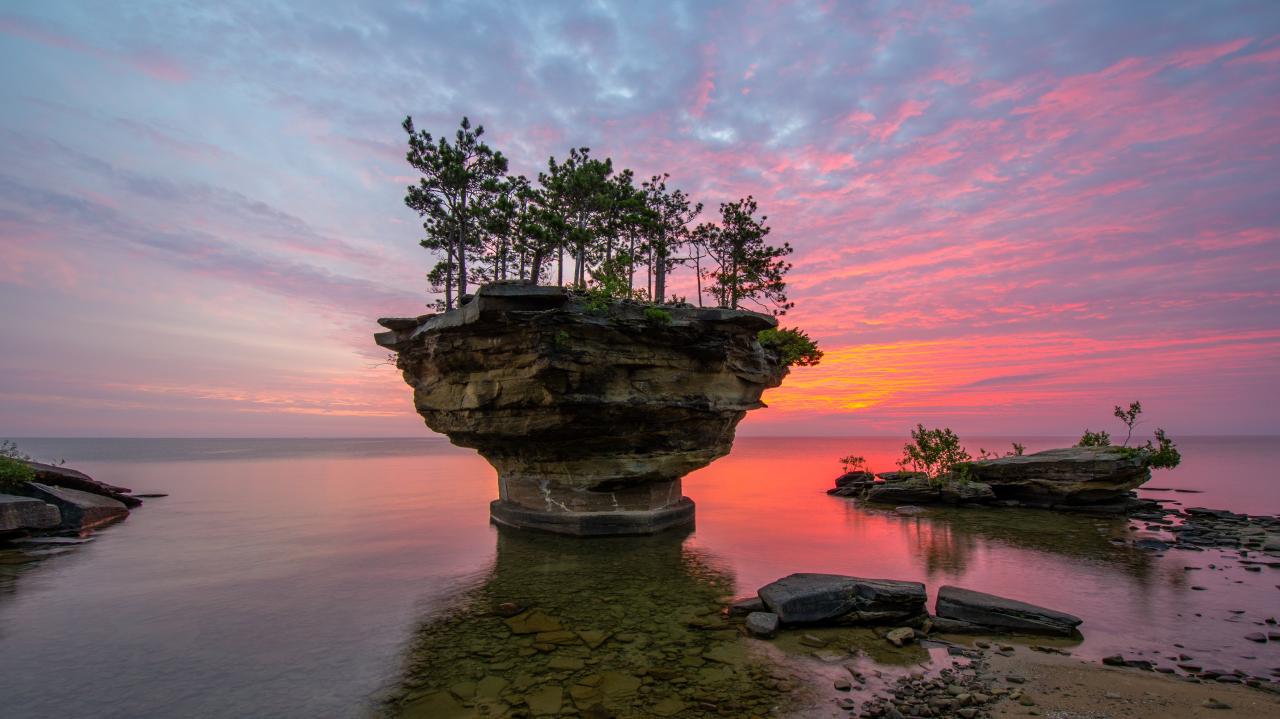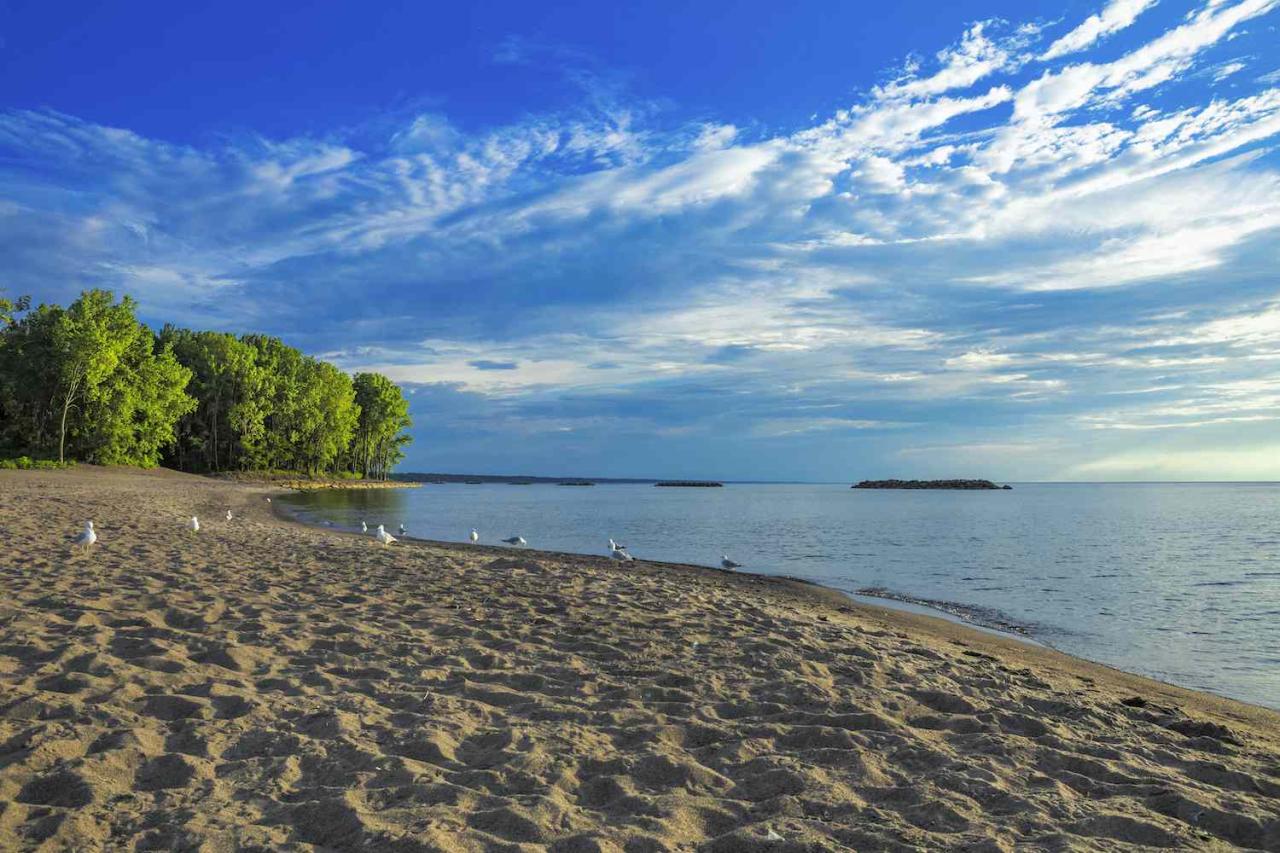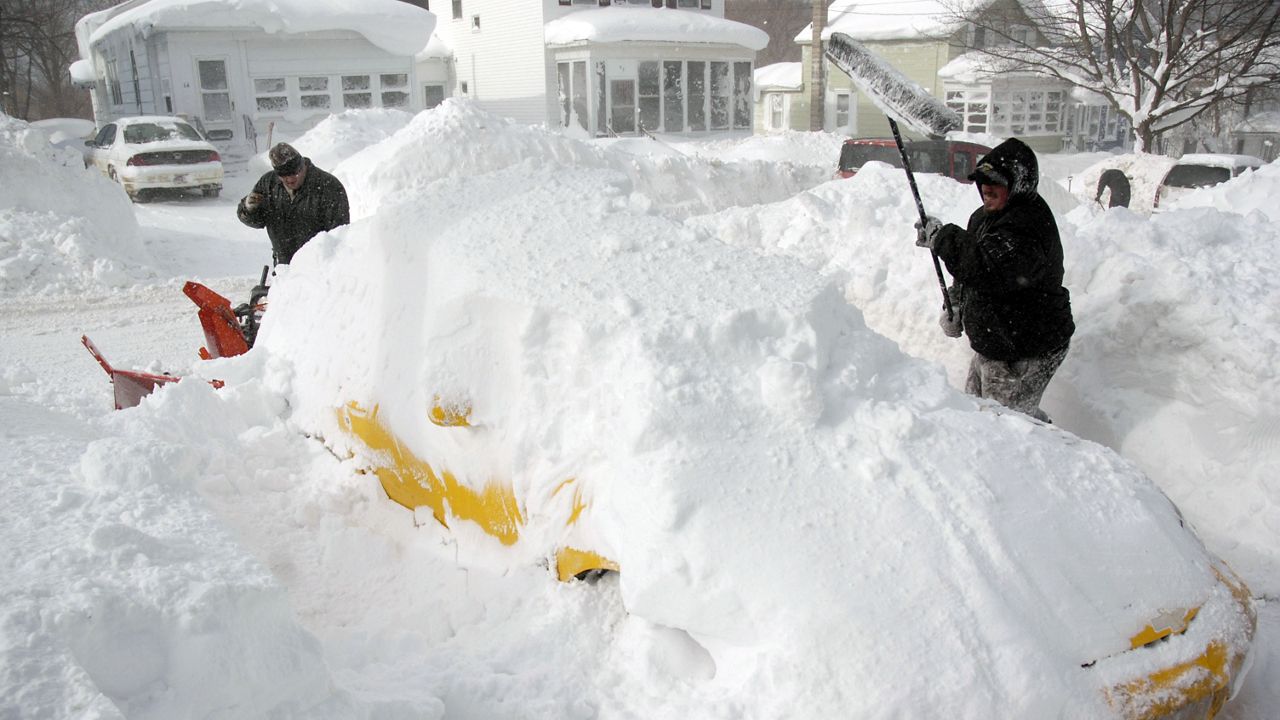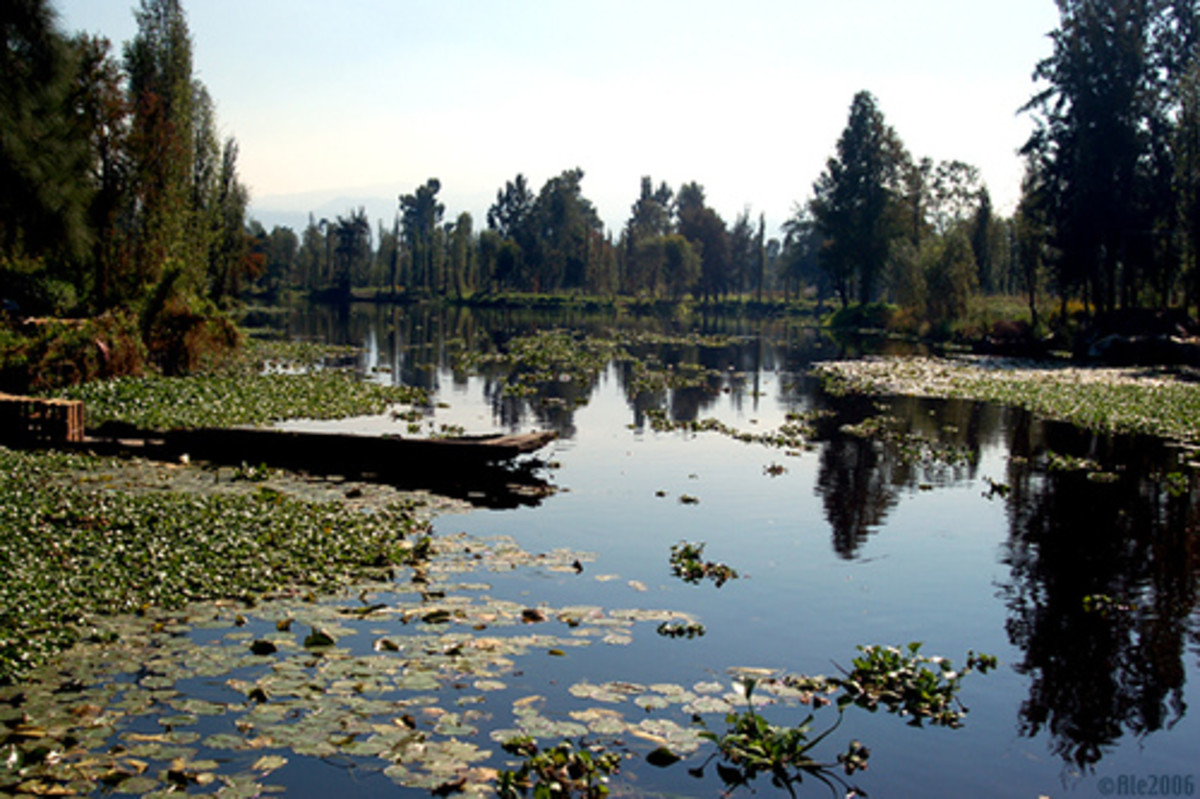Finger Lakes, a captivating region in upstate New York, is a testament to the transformative power of nature. These eleven glacial valleys, carved by ancient ice sheets, form a breathtaking landscape dotted with sparkling lakes, rolling hills, and verdant forests.
The Finger Lakes region is a vibrant tapestry of natural beauty, rich history, and flourishing culture, offering a unique blend of outdoor adventure, cultural immersion, and culinary delights.
From the renowned wine trails that snake through the vineyards to the charming towns and villages that dot the region, Finger Lakes offers a diverse range of experiences for every traveler. The region’s history is as captivating as its scenery, with stories of the Underground Railroad, the women’s suffrage movement, and the development of a thriving wine industry woven into the fabric of the region.
Geographical Overview of the Finger Lakes
The Finger Lakes region of New York State is renowned for its scenic beauty, pristine waters, and unique geological formation. This distinctive landscape is a result of the powerful forces of nature, particularly the influence of glaciers during the last ice age.
Formation of the Finger Lakes
The Finger Lakes were formed by glacial erosion and deposition. As massive glaciers moved across the region, they carved out deep, narrow valleys, leaving behind long, finger-like lakes. These valleys were initially filled with meltwater from the retreating glaciers, creating the lakes we see today.
Glacial Shaping of the Landscape
The Finger Lakes region is characterized by its rolling hills, steep slopes, and fertile valleys. The glaciers played a significant role in shaping this landscape. As they moved across the region, they scoured the bedrock, leaving behind deposits of sediment and debris.
This process created the distinct features of the Finger Lakes, including their U-shaped valleys, waterfalls, and drumlins.
Characteristics of the Finger Lakes
The Finger Lakes are known for their unique characteristics, including their length, depth, and water clarity. The eleven major Finger Lakes are all relatively long and narrow, with depths ranging from 100 to 600 feet. The water in the Finger Lakes is generally clear and pristine, thanks to the surrounding forested areas and the lack of significant industrial activity.
Flora and Fauna of the Finger Lakes Region
The Finger Lakes region boasts a diverse array of plant and animal life, thriving in its unique ecosystem. From the lush forests to the clear waters, this region is home to a wide range of species.
Plant Life
The Finger Lakes region is home to a variety of plant life, including deciduous forests, wetlands, and meadows. The dominant tree species include sugar maple, beech, hemlock, and oak. The region also supports a rich diversity of wildflowers, ferns, and mosses.
Animal Life
The Finger Lakes region supports a diverse range of animal life, including both terrestrial and aquatic species. Terrestrial animals include deer, black bears, foxes, and various bird species. Aquatic species include trout, bass, walleye, and numerous other fish species. The region also supports a variety of amphibians and reptiles.
Ecological Significance
The Finger Lakes ecosystem is of significant ecological importance. The lakes provide habitat for a wide range of aquatic species, while the surrounding forests and wetlands provide habitat for a variety of terrestrial species. The region is also a vital stopover point for migratory birds.
Wine Production in the Finger Lakes
The Finger Lakes region is renowned for its burgeoning wine industry, with a rich history and a growing reputation for producing high-quality wines. The region’s unique climate and soil conditions contribute to the distinctive flavor profiles of Finger Lakes wines.
Historical Overview
Winemaking in the Finger Lakes region dates back to the 19th century, with early settlers experimenting with grape varieties. The industry experienced a period of growth in the early 20th century, but it was significantly impacted by Prohibition. However, the wine industry experienced a revival in the latter half of the 20th century, with a growing number of wineries emerging.
Grape Varieties
The Finger Lakes region is known for its diverse range of grape varieties, including both traditional European varieties and newer hybrid varieties. Some of the most popular grape varieties grown in the Finger Lakes include Riesling, Chardonnay, Pinot Noir, and Cabernet Franc.
Factors Contributing to Flavor
The distinctive flavor profiles of Finger Lakes wines are attributed to a combination of factors, including the region’s cool climate, glacial soils, and the unique characteristics of the grape varieties grown. The cool climate allows for slow ripening of the grapes, resulting in wines with higher acidity and more delicate aromas.
The glacial soils are rich in minerals, which contribute to the complexity and depth of the wines.
Tourism and Recreation in the Finger Lakes
The Finger Lakes region is a popular destination for tourists and outdoor enthusiasts, offering a wide range of attractions and activities. From scenic drives and hiking trails to wineries and state parks, there is something for everyone in the Finger Lakes.
Popular Tourist Destinations
The Finger Lakes region is home to a variety of popular tourist destinations, including:
- State Parks: The region is home to several state parks, including Watkins Glen State Park, Letchworth State Park, and Robert H. Treman State Park, which offer stunning waterfalls, hiking trails, and scenic overlooks.
- Wineries: The Finger Lakes region is home to over 100 wineries, offering a wide range of wines and tasting experiences. Some of the most popular wineries include Seneca Lake Wine Trail, Cayuga Lake Wine Trail, and the Finger Lakes Wine Trail.
- Historical Sites: The Finger Lakes region is rich in history, with several historical sites, including the Harriet Tubman Home, the Women’s Rights National Historical Park, and the National Museum of Racing and Hall of Fame.
Recreational Activities
The Finger Lakes region offers a wide range of recreational activities, including:
- Hiking: The region boasts numerous hiking trails, ranging from easy strolls to challenging climbs. Popular hiking destinations include Watkins Glen State Park, Letchworth State Park, and the Finger Lakes Trail.
- Biking: The Finger Lakes region is a popular destination for cyclists, with scenic routes along the lakes and through the surrounding countryside. The region is home to the Finger Lakes Trail, a 360-mile hiking and biking trail.
- Kayaking and Canoeing: The Finger Lakes offer excellent opportunities for kayaking and canoeing, with calm waters and stunning scenery. Popular kayaking and canoeing destinations include Cayuga Lake, Seneca Lake, and Canandaigua Lake.
- Skiing: The Finger Lakes region is home to several ski resorts, offering a variety of slopes for skiers and snowboarders of all skill levels. Popular ski resorts include Bristol Mountain, Greek Peak Mountain Resort, and Snow Ridge Ski Resort.
Local Events and Festivals
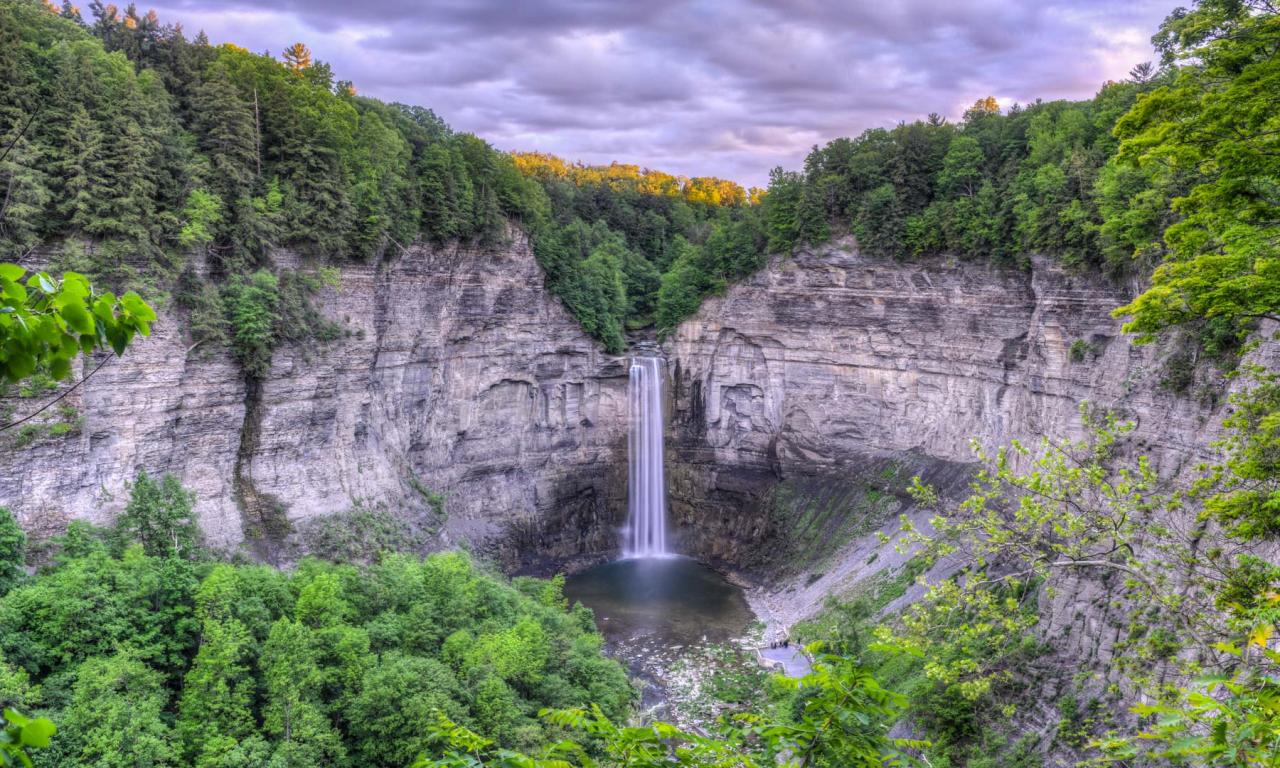
The Finger Lakes region hosts a variety of local events and festivals throughout the year, including:
- Finger Lakes Wine Festival: Held annually in the fall, this festival features wine tastings, live music, and food vendors.
- Ithaca Festival: This annual festival features live music, art exhibits, and food vendors.
- Rochester Lilac Festival: Held annually in the spring, this festival features over 1,000 lilac bushes in bloom, as well as live music and food vendors.
Culture and History of the Finger Lakes
The Finger Lakes region boasts a rich cultural heritage, shaped by its unique history and the contributions of its diverse population. From its role in the Underground Railroad to its vibrant art scene, the Finger Lakes has a story to tell.
Historical Significance
The Finger Lakes region played a significant role in the Underground Railroad, providing safe passage for enslaved people seeking freedom. The region also played a prominent role in the women’s suffrage movement, with the Seneca Falls Convention, the first women’s rights convention, being held in Seneca Falls, New York, in 1848.
Cultural Heritage, Finger lakes
The Finger Lakes region has a vibrant cultural heritage, reflected in its local art scene, music traditions, and culinary specialties. The region is home to numerous art galleries, museums, and theaters, showcasing the talents of local artists and performers. The Finger Lakes also has a rich musical heritage, with a variety of music festivals and venues hosting local and regional musicians.
Notable Historical Figures
The Finger Lakes region has been home to several notable historical figures, including:
| Name | Contribution |
|---|---|
| Harriet Tubman | Abolitionist and conductor on the Underground Railroad |
| Susan B. Anthony | Women’s rights activist and leader of the women’s suffrage movement |
| Frederick Douglass | Abolitionist, writer, and orator |
| Elizabeth Cady Stanton | Women’s rights activist and co-organizer of the Seneca Falls Convention |
Economic Importance of the Finger Lakes
The Finger Lakes region has a diverse economy, driven by a combination of industries, including agriculture, tourism, and manufacturing. The region’s economic success is closely tied to its natural beauty, rich history, and thriving wine industry.
Major Industries
The Finger Lakes economy is supported by several major industries, including:
- Agriculture: The Finger Lakes region is a significant agricultural producer, with a focus on dairy farming, fruit production, and vegetable farming. The region is known for its apple orchards, vineyards, and dairy farms.
- Tourism: Tourism is a major industry in the Finger Lakes region, driven by the region’s scenic beauty, outdoor recreation opportunities, and wineries. The region attracts visitors from across the country and around the world.
- Manufacturing: The Finger Lakes region has a long history of manufacturing, with industries ranging from food processing to pharmaceuticals. The region is also home to several small businesses and entrepreneurs.
Economic Impact of Wine Production
Wine production has had a significant economic impact on the Finger Lakes region. The industry has created jobs, boosted tourism, and contributed to the region’s economic growth. The Finger Lakes wine industry is estimated to generate millions of dollars in annual revenue.
Challenges and Opportunities
The Finger Lakes economy faces several challenges, including competition from other regions, changing consumer preferences, and the impact of climate change. However, the region also has several opportunities for economic growth, including the continued expansion of the wine industry, the development of new tourism products, and the growth of the region’s technology sector.
Environmental Issues in the Finger Lakes
The Finger Lakes region is a valuable natural resource, but it faces several environmental challenges, including water pollution, habitat loss, and climate change. These issues have a significant impact on the region’s ecosystems and economy.
Environmental Concerns
The Finger Lakes region faces several environmental concerns, including:
- Water Pollution: Agricultural runoff, wastewater discharge, and stormwater runoff can contribute to water pollution in the Finger Lakes. These pollutants can harm aquatic life and make the water unsafe for recreation.
- Habitat Loss: Development, agriculture, and invasive species can lead to habitat loss for native plants and animals in the Finger Lakes region. This can disrupt the balance of the ecosystem and threaten biodiversity.
- Climate Change: Climate change is expected to have a significant impact on the Finger Lakes region, including changes in precipitation patterns, increased temperatures, and rising lake levels. These changes can affect the region’s water quality, ecosystems, and economy.
Impact on Ecosystems and Economy
Environmental issues in the Finger Lakes region have a significant impact on the region’s ecosystems and economy. Water pollution can harm aquatic life, making the water unsafe for recreation and impacting tourism. Habitat loss can disrupt the balance of the ecosystem, leading to declines in biodiversity and impacting the region’s natural beauty.
Climate change can lead to changes in weather patterns, affecting agriculture, tourism, and other industries.
Efforts to Protect and Preserve
The Finger Lakes region has a long history of environmental stewardship, with numerous organizations and individuals working to protect and preserve the region’s natural resources. These efforts include:
- Water Quality Monitoring: Organizations monitor water quality in the Finger Lakes to identify and address pollution problems.
- Habitat Restoration: Groups work to restore degraded habitats and protect important natural areas.
- Climate Change Adaptation: Organizations and individuals are working to adapt to the impacts of climate change on the Finger Lakes region.
Final Review
Whether you’re seeking an escape into nature, a cultural immersion, or a culinary adventure, the Finger Lakes region promises a memorable experience. Its natural beauty, rich history, and vibrant culture combine to create a destination that leaves a lasting impression.
From the tranquility of its lakes to the energy of its bustling towns, the Finger Lakes offers a unique blend of serenity and excitement, making it an ideal destination for all who seek a truly unforgettable journey.


